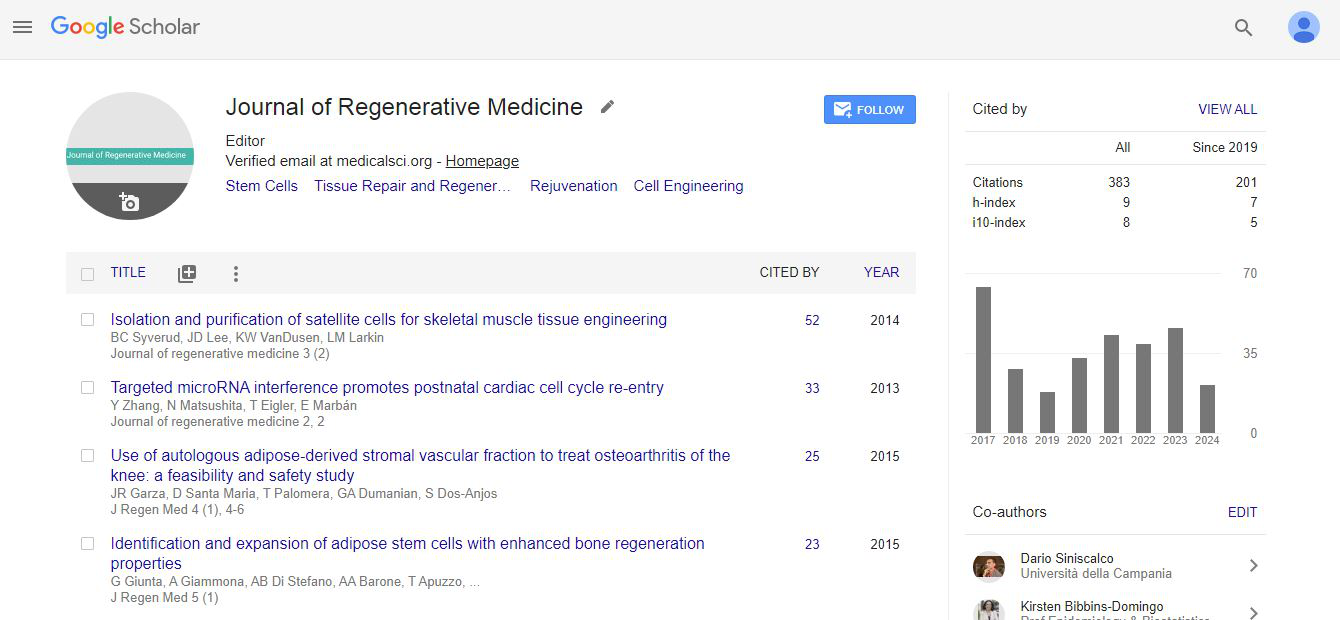Moisture matters in wound bed preparation & healing
Anand S Rathore, Paul Zahel and Dana Kralisch
Evonik India Pvt. Ltd, India Jena Cell, Germany
: J Regen Med
Abstract
What are the advantages of a new product* based on biosynthetic cellulose for moist wound treatment? An expert council currently examines the use in the care of difficult-to-heal and chronic wounds. The aim of the joint investigation is to build clinical experience with the product in large /circular ulcers, exposed anatomical structures, wound cleansing and autolytic debridement, the later healing phases granulation and epithelialization, as well as the effect on the skin in case of hypergranulation. The isotonic saline solution contained in the dressing creates a moist wound environment, while the finestructured network simultaneously absorbs wound exudate. The wound dressing can stimulate not only autolytic wound cleansing, but also healing. Dry chronic wounds benefit in particular from the natural moisture content of the biosynthetic product. In an application study, a significant wound cleansing effect was achieved during application, with a reduction of fibrinoid coatings from approx. 57% to 43%. Furthermore, a significant reduction in wound area (34%) was shown within the 4-week observation period. Irritative manifestations at the wound edges and peri-wound skin decreased significantly. In addition to the palliative properties of the moist dressing, its excellent tolerability even for pre-existing skin damage could be demonstrated. Recent case observations confirm the results. Increasingly, new clinical evidence is being gained with biosynthetic cellulose in the care of patients with chronic wounds. The results are promising. Nevertheless, further investigations are needed to fully understand the interaction between wound bed preparation, wound healing and moist wound care.
Biography
He is working in Evonik, India.
 Spanish
Spanish  Chinese
Chinese  Russian
Russian  German
German  French
French  Japanese
Japanese  Portuguese
Portuguese  Hindi
Hindi 